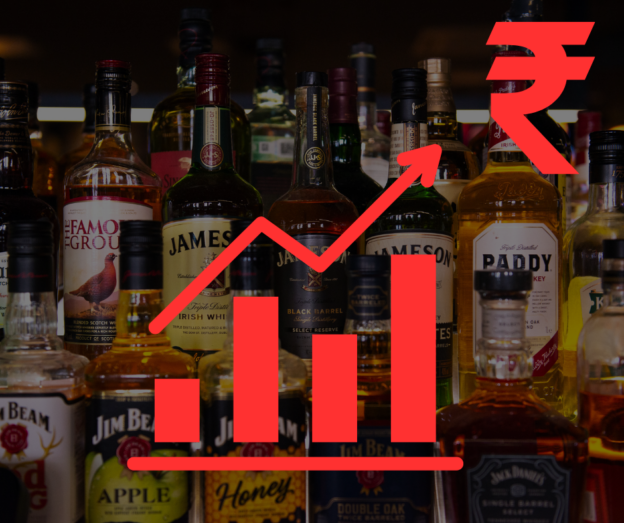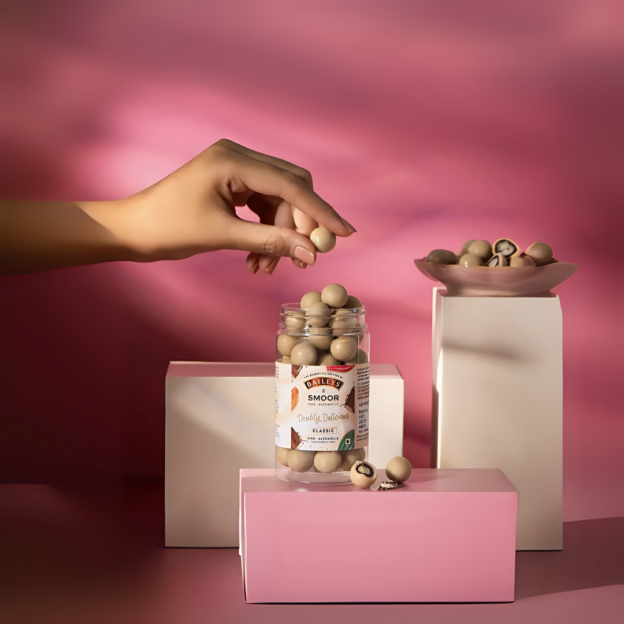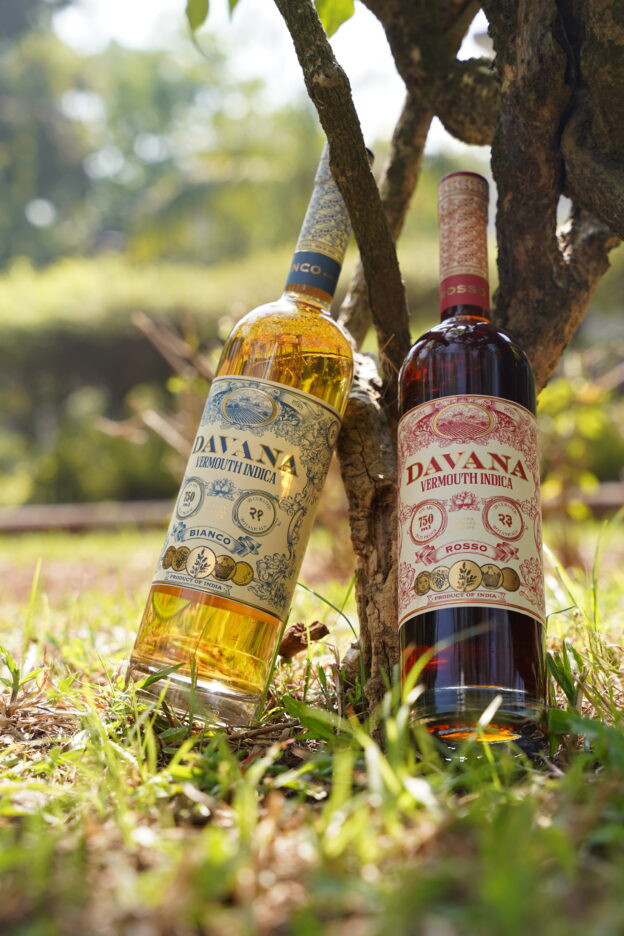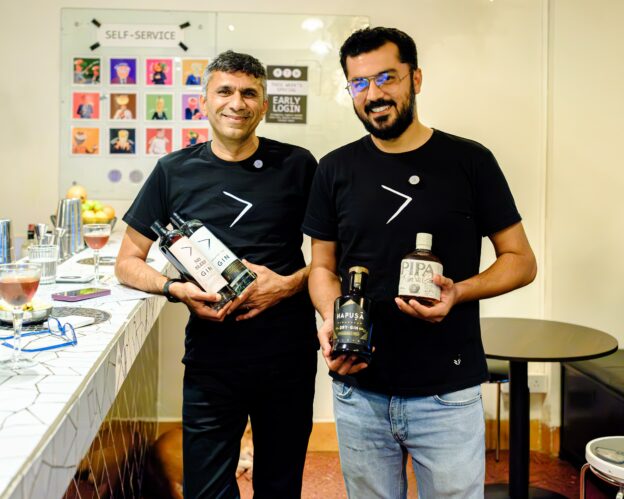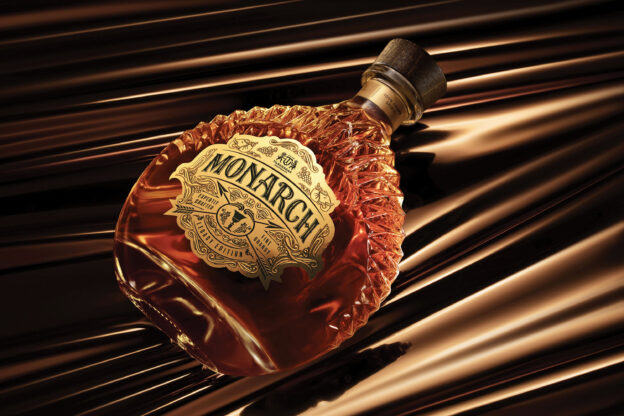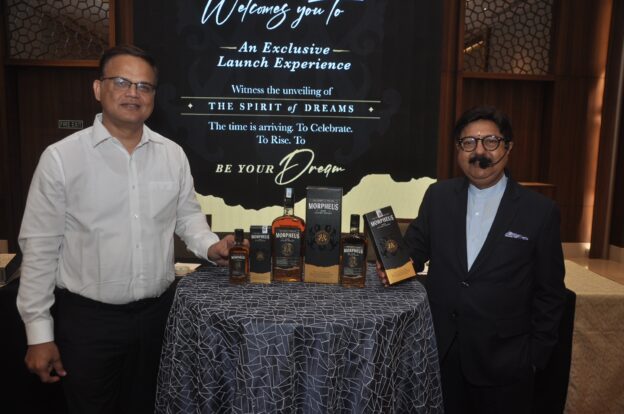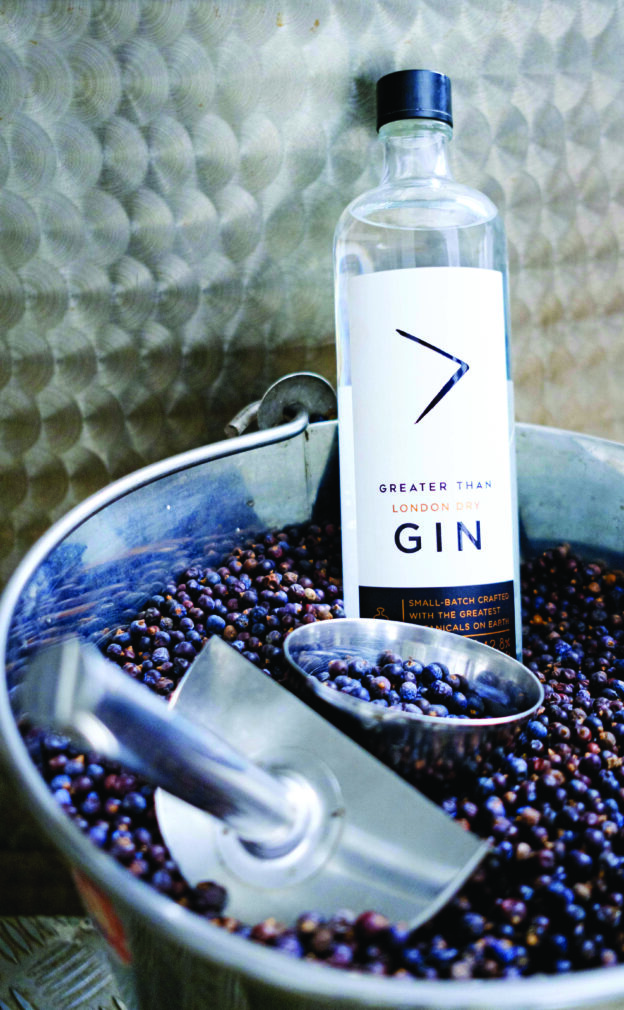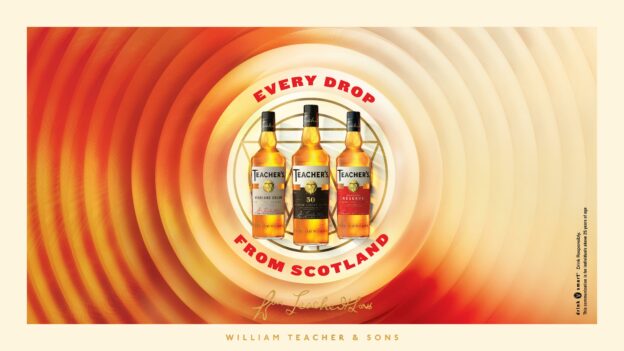Diageo India has acquired Nao Spirits & Beverages, India’s craft gin makers (Greater Than and Hapusa brands), valued at Rs. 130 crores.
Diageo India (United Spirits Limited) has increased its equity stake in Nao Spirits from 30% to approximately 97.07%, making it a subsidiary of the company. With a final tranche pending, Diageo India is set to hold 100% ownership, bringing one of India’s most influential craft spirits startups fully into its fold. The transaction includes a secondary share purchase of ₹53.79 crore and a further infusion of ₹56 crore in growth capital — a strong commitment to scaling what began as a bootstrapped dream of India’s first homegrown gin.
Founded in 2017 by Anand Virmani, Aparajita Ninan and Vaibhav Singh; and later joined by Abhinav Rajput, Nao Spirits created India’s first craft gin from the ground up. From a small distillery in Goa, they distilled more than just spirits – they distilled the movement that would later be celebrated as ‘Indian Craft Spirits’. ‘Nao’, derived from the word ‘boat’ in Portuguese is a nod to Goa’s history as a trading port and a play on the English word ‘now’, capturing the spirit of a confident, modern India.
With Greater Than (2017), they introduced India to its first homegrown London Dry gin made with botanicals from around the world. With Hapusa (2018), they broke new ground with the world’s first Himalayan Dry Gin, bottling the wild spirit of the mountains with a premium, sipping gin. While Greater Than built the foundation, Hapusa gave gin a voice rooted in local flavour. Together, these helped build India’s craft gin category from scratch.
Imaginative Limited Editions
Nao Spirits launched a series of imaginative limited editions—each one crafted to stand apart, both in flavour and in form: Juniper Bomb (2020) – born from an accidental extended botanical soak that led to thrice the juniper flavour; No Sleep (2021) — India’s first coffee-infused gin; Broken Bat (2022) — the world’s first gin, aged using Kashmir Willow cricket bats; and Punk Gin (2023) – India’s first naturally infused pink gin made with real Mahabaleshwar strawberries, born from a place of rebellion.
These never-before-seen limited editions broke convention and captured attention, each bottle a celebration of India’s biodiversity, ingenuity and evolving palate.
“We started with a copper still named Agotha and a dream to make India proud. Today, we’re humbled and energised with Diageo India stepping in as a full partner and investor. Along the way, we realised that gin isn’t just about what goes into the bottle — it’s about the culture you build around it. From day one, we’ve been deeply focused on nurturing a community of bartenders, servers, and craft champions who could carry the story of Indian spirits forward in ways we never imagined. We’re proud that many of the original hands and hearts that built Nao Spirits are still with us today, and this next chapter gives us a chance to grow the culture we’ve helped shape with even greater reach and purpose. This isn’t the end of a journey, but the beginning of a new chapter; powered by the same people, the same purpose, and the same belief — that modern Indian spirits deserve their place on the world stage,” said Anand Virmani, Co-Founder & CEO, Nao Spirits & Beverages.
The original team continues to lead Nao Spirits with the same creative direction and cultural clarity that have defined its journey from the start — now supported by Diageo India’s robust distribution network, production capabilities, and leadership strength.


